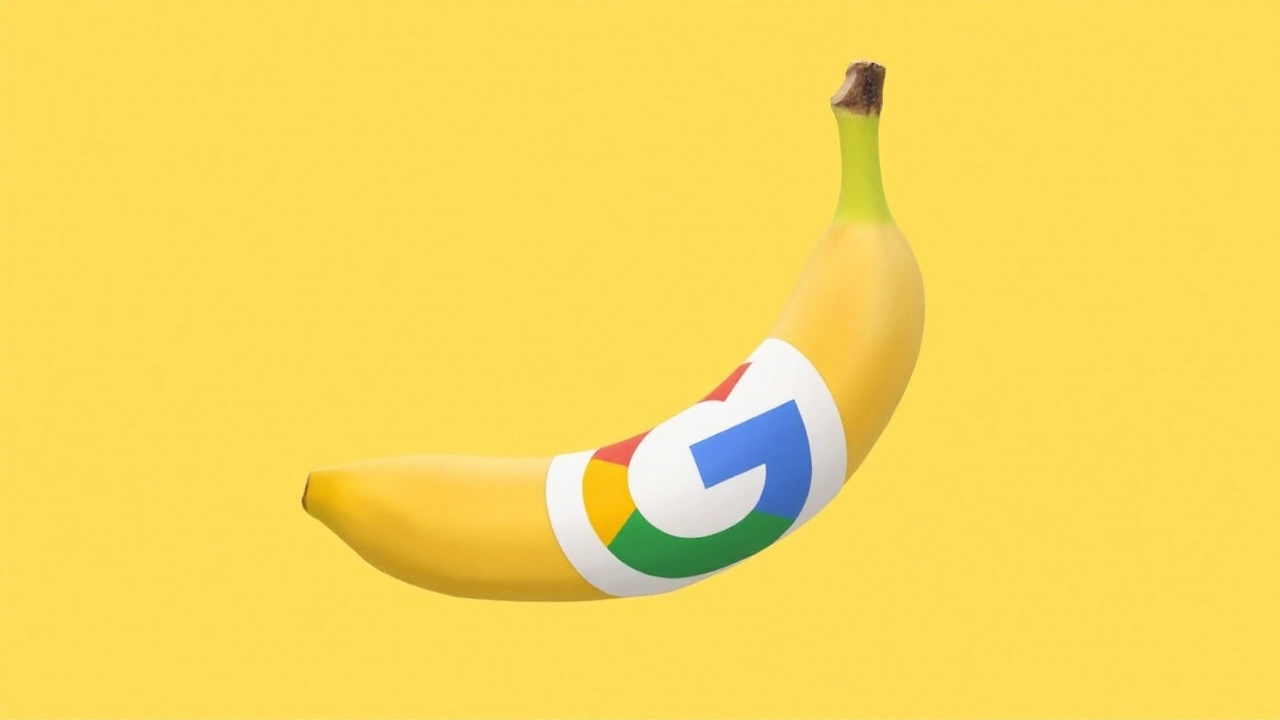Deepfakes: What They Are, Risks & How to Spot Them
Ever watched a video that looked real but felt off? Chances are you stumbled on a deepfake. These AI‑crafted clips can mimic anyone’s face or voice, turning fact into fiction in seconds. Let’s break down what’s happening behind the screen and why you should care.
What exactly is a deepfake?
A deepfake is a synthetic media piece created by artificial intelligence, usually using deep learning models that swap faces, alter voices, or generate entirely new footage. The tech combines thousands of real images to teach a computer how to mimic facial movements and speech patterns. The result? A video that can make you believe a celebrity said something they never did or that a politician performed an impossible stunt.
Why do deepfakes matter to you?
Because they’re not just a novelty. Bad actors use deepfakes to spread misinformation, scam people, or harass victims with non‑consensual porn. On the other side, marketers and filmmakers use them for cool effects, but the line between creative use and abuse is thin. When a fake video goes viral, it can sway opinions, damage reputations, and even affect elections.
So, how do you protect yourself? First, check the source. A reputable news outlet or official channel usually verifies its content. If a video pops up on a random social feed, pause and look for clues.
Second, watch for visual glitches. Deepfakes often struggle with fast head movements, uneven lighting, or mismatched shadows around the eyes and mouth. A slight wobble or odd blur can be a tell‑tale sign.
Third, listen to the audio. Synthetic voices sometimes sound too smooth or lack the natural pauses we use in speech. If the accent or tone feels off, it could be a fake.
Fourth, use verification tools. Websites like InVID or browser extensions can analyze video metadata and flag inconsistencies. Running a quick reverse‑image search on a still frame can also reveal if the clip has been reused elsewhere.
Finally, trust your gut. If something feels too sensational or aligns perfectly with your beliefs, it might be a deepfake designed to confirm bias.
Deepfakes are here to stay, and the technology is getting better every day. By staying curious, double‑checking sources, and using simple visual cues, you can avoid being duped. Remember, a little skepticism goes a long way in the age of synthetic media.
